6 little-known and long-lost symbols of LGBTQ+ Pride, resistance and community
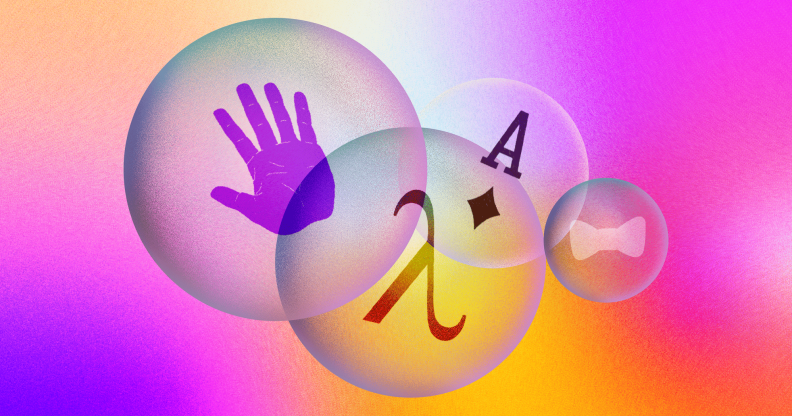
These are all symbols of LGBTQ+ Pride and resistance. (PinkNews)
Symbolism has always been a huge part of LGBTQ+ culture, from the flags that mark our identities to the symbols which represent our fight for equality in the world.
Oftentimes, specific subgroups within the queer community will create symbols, gestures, and phrases that, while not necessarily being well-known, work as unique and sometimes useful indicators of queerness.
Typically, their obscurity can be traced down to regional or niche origins – though sometimes, the secrecy is all to do with safety.
These symbols of the LGBTQ+ community are rarely seen today – although some are still actively used for other, non-queer purposes.
Lambda
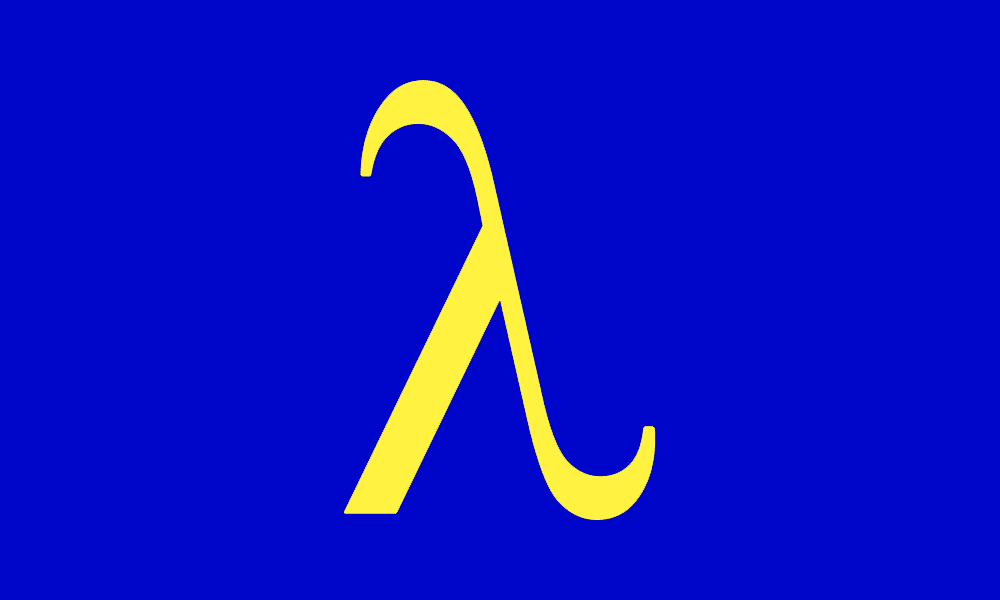
Despite being most commonly used in the measurement of a radioactive material’s half-life and several other mathematical measurements and equations, the lower-case lambda also has a queer history behind it.
Activist and graphic designer Tom Doerr chose the eleventh letter of the Greek alphabet as a sign of gay liberation in 1970 for the New York Gay Activist Alliance. He chose the symbol due to its association with “a complete exchange of energy – that moment or span of time witness to absolute activity”.
The symbol was officially acknowledged as an international symbol of gay liberation 1974 and has been used by several different LGBTQ+ related activist groups
High fives
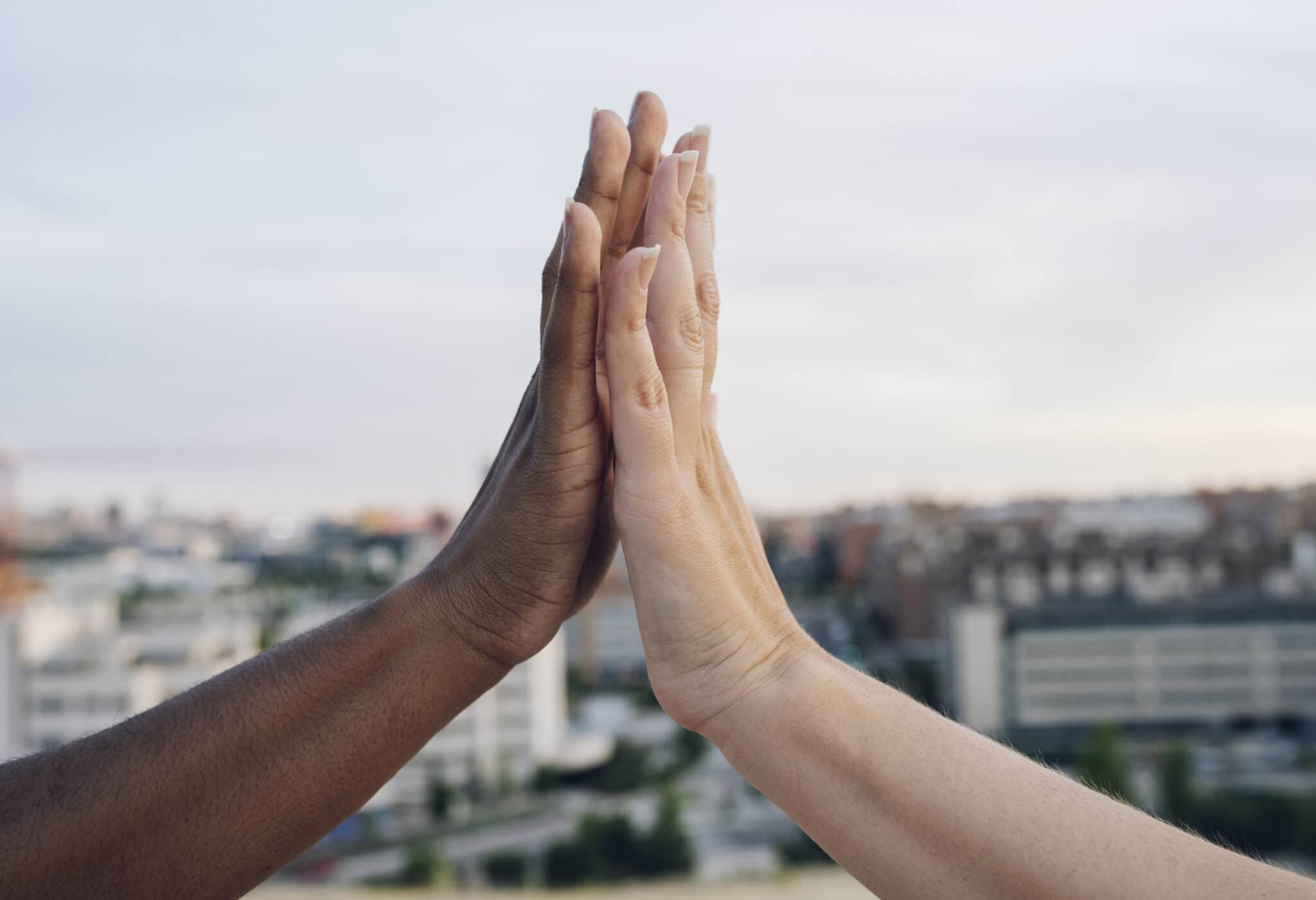
That’s right, the high five potentially traces its meaning back to a gay baseball player in the 70s who used it as a symbol of pride and identification.
The story goes that professional baseball players Glenn Burke and Dusty Baker coined the gesture during a game on October 2, 1977 ,where Baker hit his 30th home run.
Burke, who eventually came out as one of the first-ever publicly gay professional athletes, used the high five in and around San Francisco as a way to identify other queer individuals in the area.
Purple hand
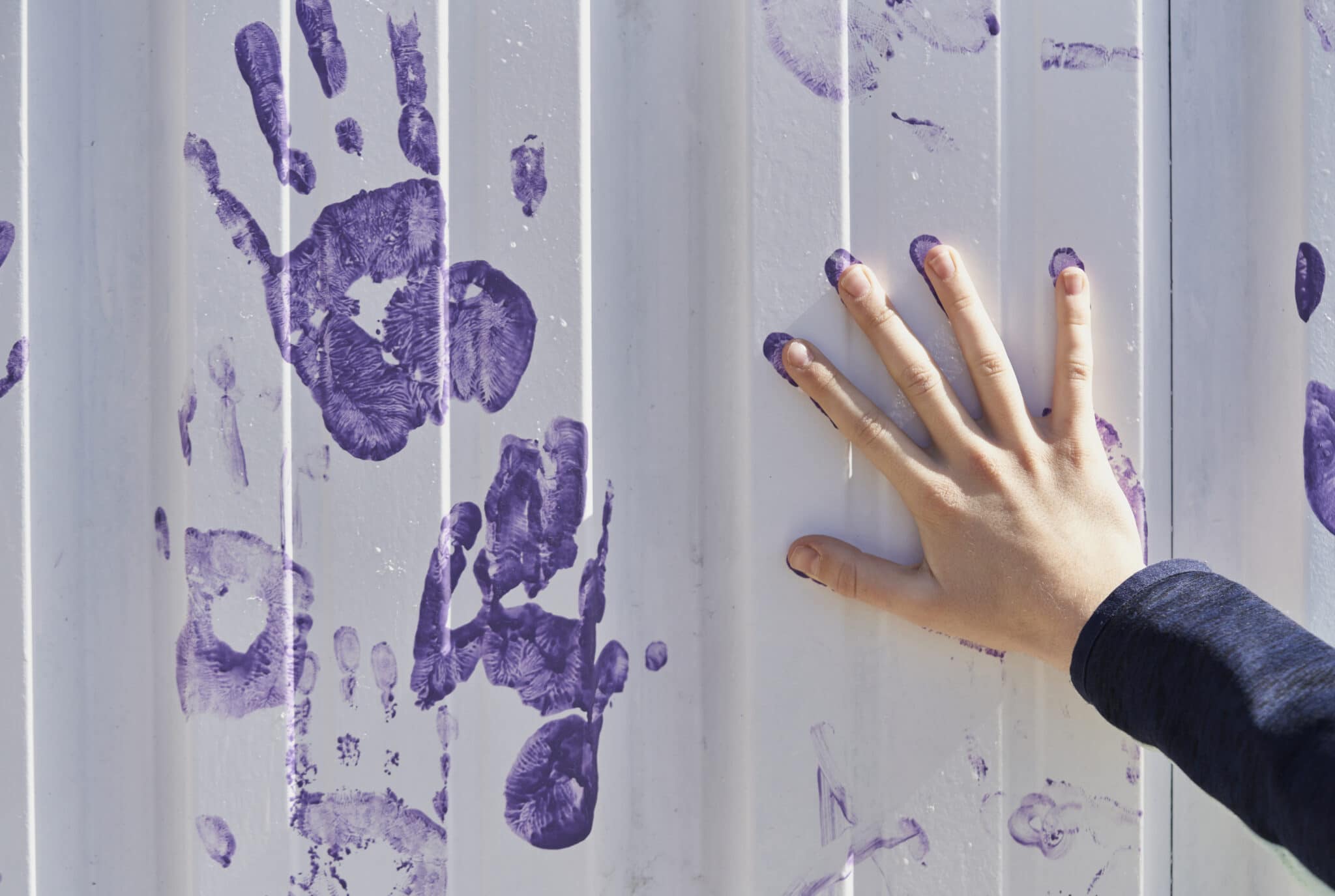
In 1969, after the local paper San Francisco Examiner released several articles demonising LGBTQ+ culture in the region – specifically, queer bars and clubs – an activist organisation known as the Gay Guerrilla Theatre group staged a protest outside its offices.
After tensions during the originally peaceful protest began to rise, Examiner employees reportedly dumped printer ink on the crowd, who were chanting sayings of queer liberation towards their windows.
However, it didn’t have the debilitating consequences that the publication’s employees had intended, as the group began to draw slogans of Pride on the walls of their building using the ink, one of which was simply slapping their hand on the wall.
The “Friday of the purple hand” – as it is now named – then grew violent after police subdued protestors, even knocking the teeth out of some. Since then, the purple hand has been a warning for protestors indicating attacks on queer minorities.
Ace ring & cards
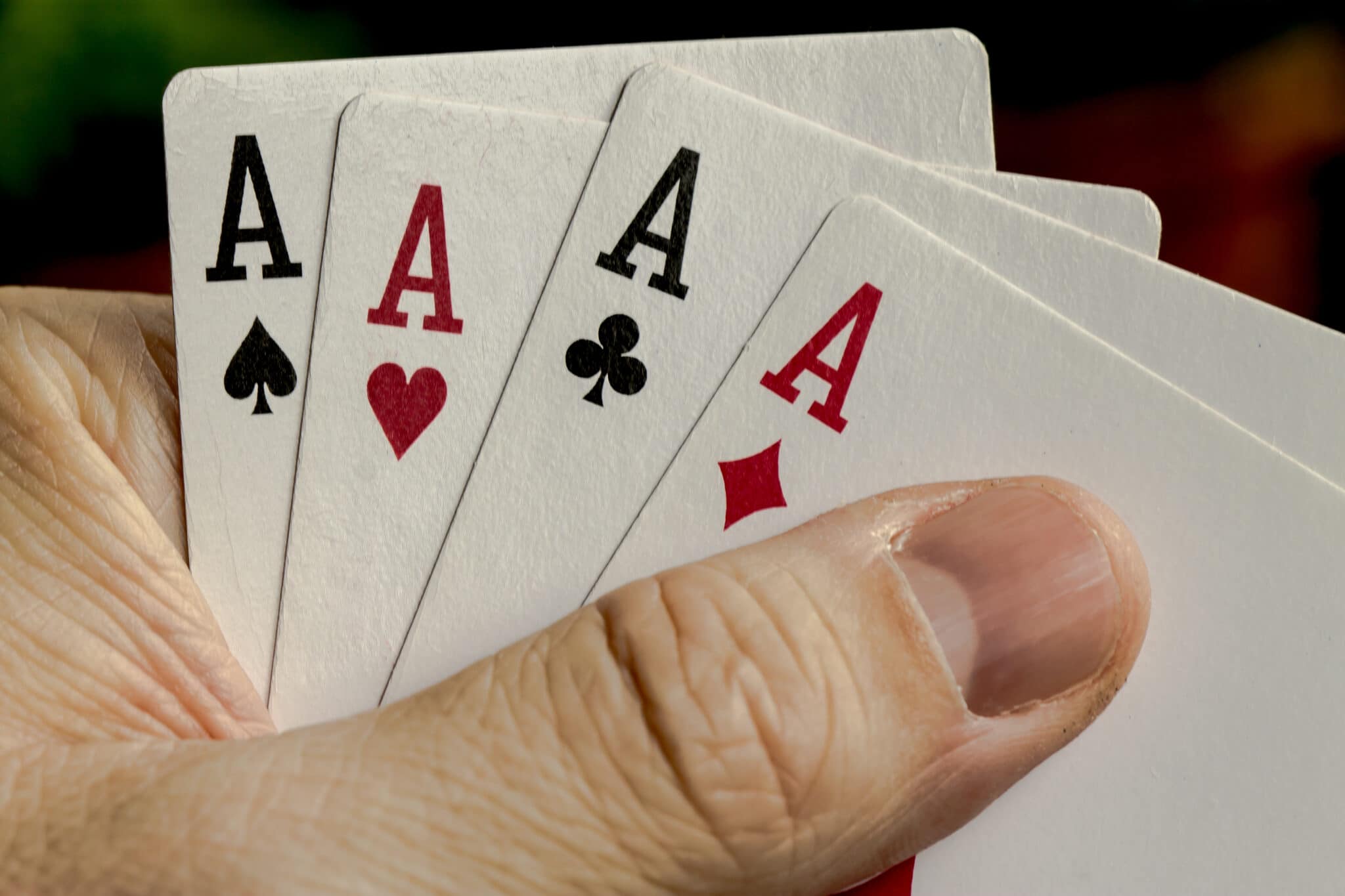
According to an article from Gay Star News, the ace ring is a simple and handy way to tell if someone is asexual. Typically, the ring is worn on the middle finger, similar to where you would place your wedding ring.
The symbol gained popularity around 2005 according to the Asexual Visibility and Education Network (AVEN), which also mentioned that “the material and exact design of the ring is not important as long as it is primarily black.”
Similarly, ace playing cards are a signifier of asexuality as a playful pun on its shortened phonetic pronunciation – ace.
Lavender rhino
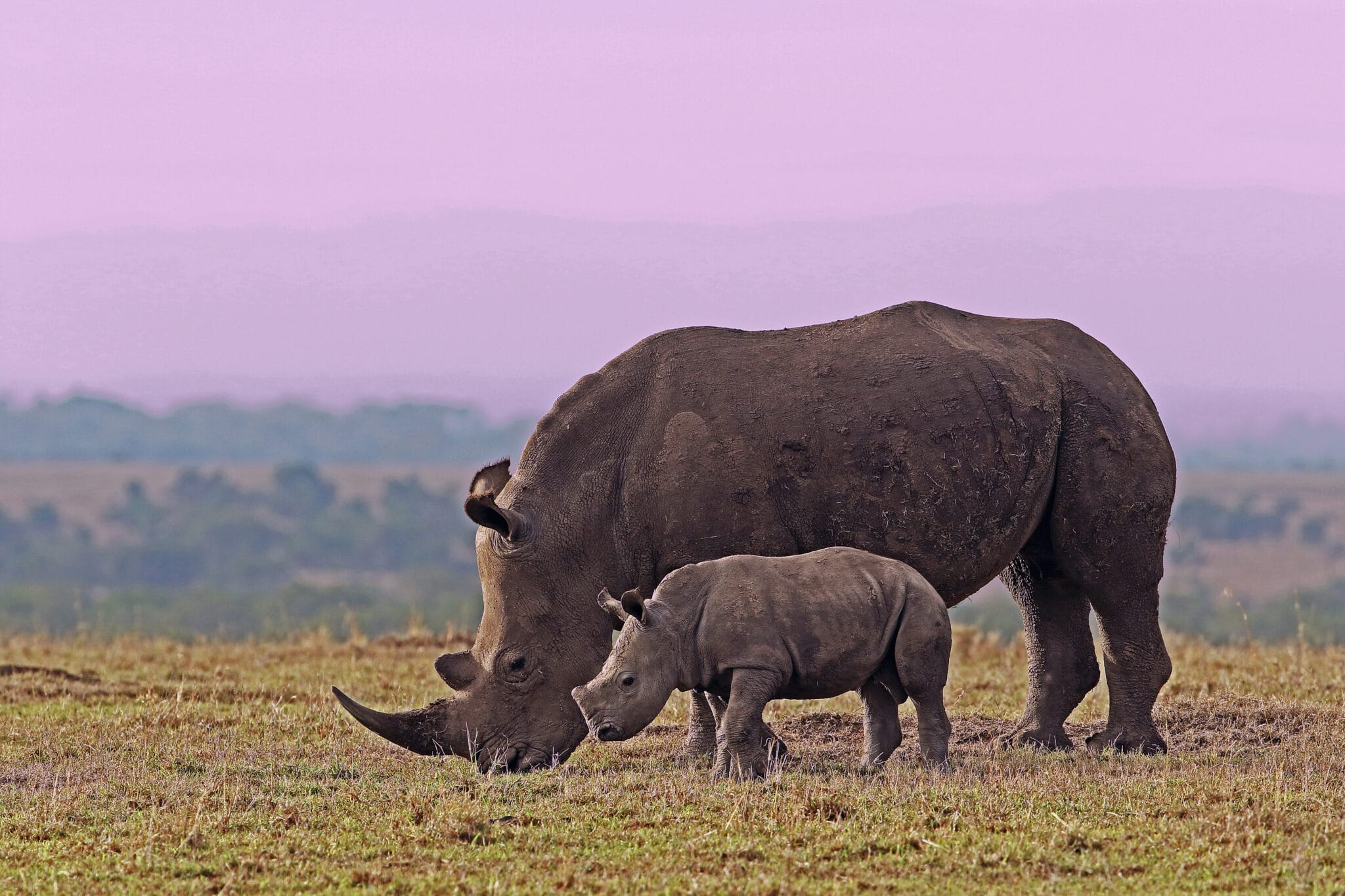
Intended as a symbol for a public ad campaign to increase LGBTQ+ visibility, the lavender rhino was mostly used in the 70s in and around Boston as a symbol of Pride.
Creators Daniel Thaxton and Bernie Toale created the concept because “it is a much-maligned and misunderstood animal”.
In 1974, Gay Media Action was preparing to launch the lavender rhino ad campaign when officials at Metro Transit Advertising said the campaign couldn’t be determined a public service project, a decision which tripled its cost.
Gay Media Action unsuccessfully challenged, the claim, which prompted the community to begin using the symbol everywhere, from clothing to pins, and even as a giant replica float.
White knot
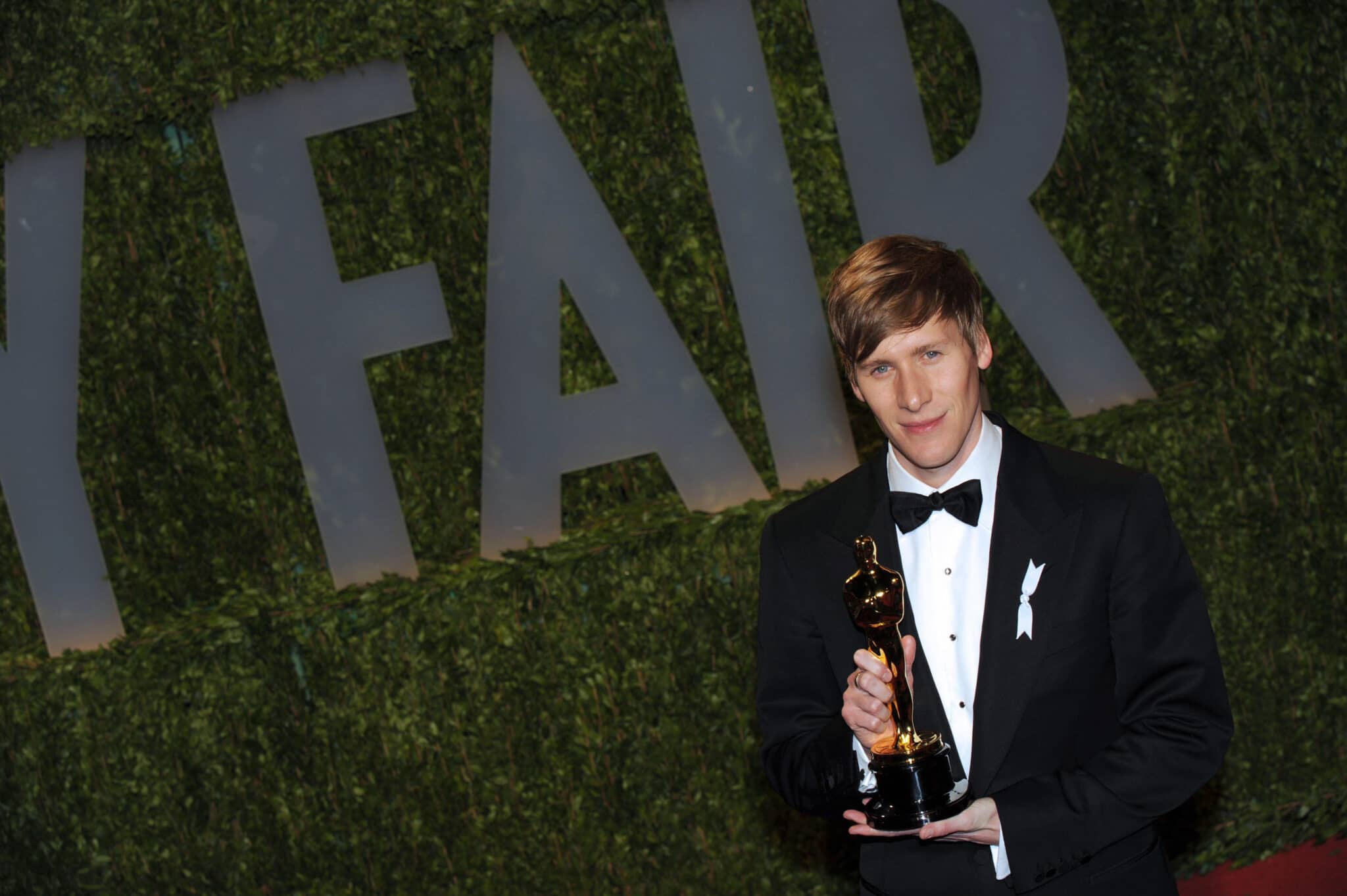
The white knot symbolises support for same-sex marriage, mostly as a symbol for allies who wish to showcase their solidarity with its legalisation.
Created in 2008 by Frank Voci, it was most prominently noticed during the 2009 Academy Awards, where various celebrities walked the red carpet with white knots on their attire to advocate for the same-sex marriage, which at the time hadn’t been legalised in the US or the UK, as well as various other countries where it is still illegal.
Speaking with LA Times in 2009, Voci said “I was thinking about causes and ribbons and was just playing around with a piece of ribbon and tied it in a knot and had this ‘eureka!’ moment – ‘tie the knot’ – it’s perfect!'”
How did this story make you feel?

